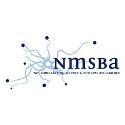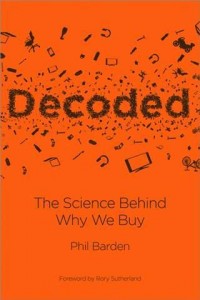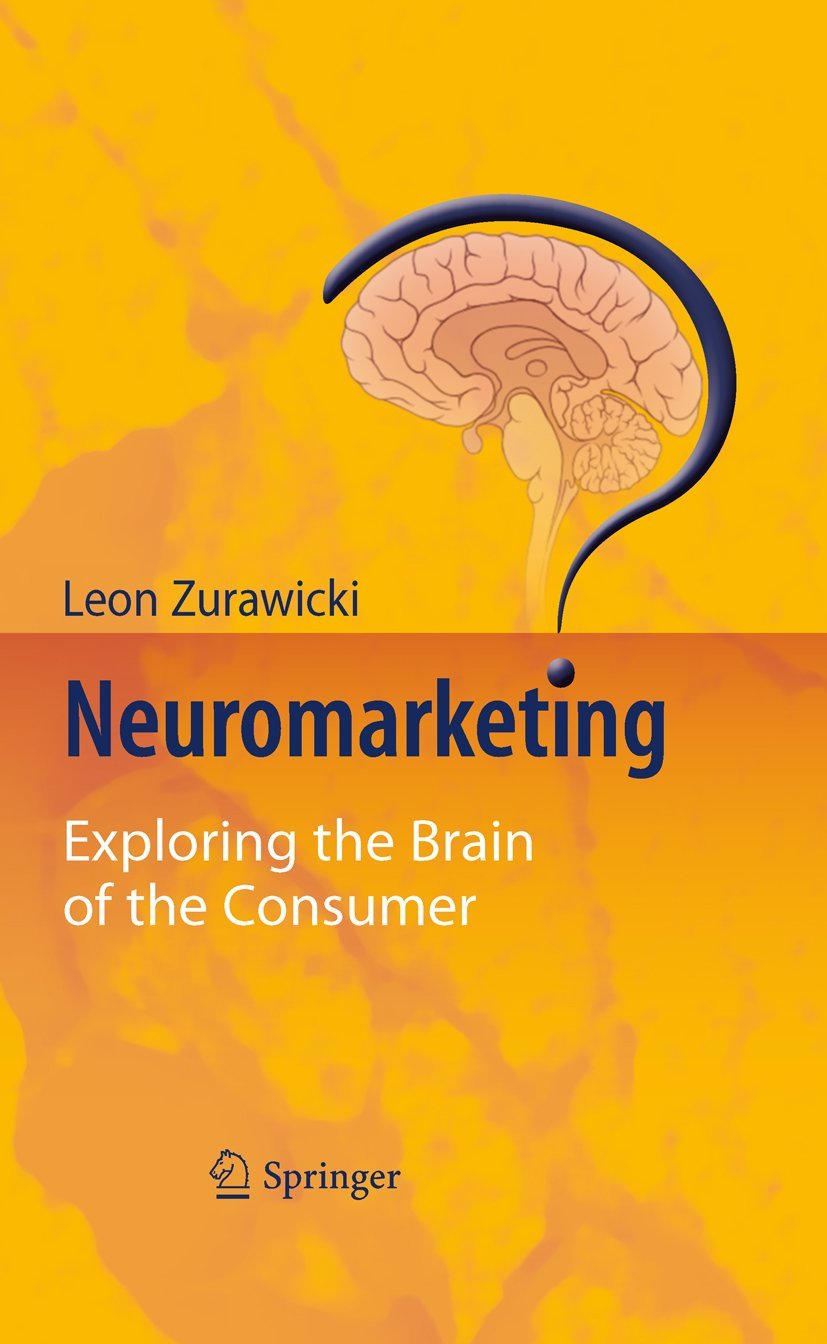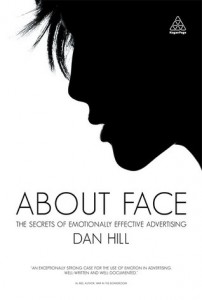Are You Left or Right Brain?
According to the theory of left-brain or right-brain dominance, each side of the brain controls different types of thinking. Additionally, people are said to prefer one type of thinking over the other. For example, a person who is “left-brained” is often said to be more logical, analytical and objective, while a person who is “right-brained” is said to be more intuitive, thoughtful and subjective. In psychology, the theory is based on what is known as the lateralization of brain function.

If you ever wondered why you act the way you do, the answer may lie in which side of your brain you tend to use more. Although they’re generalizations, popular theories suggest that right-brain people have different skills and preferences than those who are left-brain people. How do these differences impact you? Find out:
As similar as the brain’s hemispheres look, they actually manage very different functions, which are attributed to different characteristics and abilities such as:
| Left Side | Right Side |
| Often goal oriented and well organized, left brainers are critical thinkers and rarely absent minders. | Slightly disorganized, unpredictable and emotional, right brainers are often good with people and philosophical. |
| Reads sitting up. | Reads lying down. |
| Planner – things are done in a planned orderly way, like a to-do list. | Impulsive – things are done impulsively; keeping track of time is not as important. |
| Rational – Feelings do not get in the way when making decisions. | Emotional – Tends to ponder and act on feelings. |
| Logical – skilled at math or science and sequencing ideas. | Creative and artistic – Skilled at sports, writing fiction, drawing or playing music. |
| Precise – research is well-documented and likes to read directions. | Intuitive – Solves problems intuitively and doesn’t like reading directions. |
| Realistic – prefers to read realistic stories and to write non-fiction. | Psychic – Interested in “the unexplained” and mystery stories. |
| Music critic – prefers classical music. | Sound – prefers rock music and can study with music and television. |
| Dog lovers | Cat lovers |
Teachers and students
| Left-brain teachers |
Right-brain teachers |
| Teachers with left-brain strengths generally prefer to teach using lecture and discussion. They give problems to the students to solve independently. They assign more research and writing. A clean, quiet, structured classroom is preferred. | Teachers with right-brain strengths prefer to use hand-on activities. They incorporate art, visuals and music into their lessons. They assign more group projects and prefer a busy, active, noisy classroom environment. |
| Left-brain students | Right-brain students |
| These students refer to work alone in a quiet classroom. They like to read independently and incorporate research into their papers. | These students prefer to work in groups with interaction and activity. These students like to do art projects and choose industrial art electives. |
Different learning styles – The sides of the brain we tend to use more may determine our learning styles, not to mention instructors’ teaching methods:
| Left Side | Right Side |
| Linear – processes information by taking pieces, lining them up, and arranging them in a logical order to draw conclusions. | Holistic – processes information by starting with the answer. It sees the big picture first, not the details. |
| Sequence – processes information in order. This makes for easy daily planning and accomplishing tasks. | Random – Processes information through random processing. Tasks are done randomly and in parts. |
| Reality-based – deals with reality the way it is. When affected by the environment, adjustment can be easily made. | Fantasy-oriented – Processes information based on what they think the answer is. Often they find the answer intuitively. |
| Symbolic – Processing symbols is no problem such as letters, words and mathematical notation. | Concrete – Processing requires things to be concrete such as feeling, seeing or touching the real object. |
Advice for each – tips on how to excel:
| Left Side | Right Side |
| If you like to be in control, volunteer to be the team leader for study groups and projects. | Remember to always prioritize finishing a project. |
| Since you’re good at organizing things, be sure to organize your notes well. | Be creative in essays by using colorful language. |
| Try not to argue with the teacher too often. | Stay on track by writing down directions. |
| If given a choice, choose factual assignments, as opposed to open-ended assignments. | Avoid getting bogged down by thinking of all the possibilities when answering questions. |
| Work alone when you have a choice. You get frustrated with others who aren’t so serious. | Try to be more organized by organizing plans and thoughts. |
| Avoid “free thinking” teachers if they confuse you. | Try to avoid teachers who lecture a lot. |
So, are you a left brain or a right brain?






















Definitely I´m a left brain !!